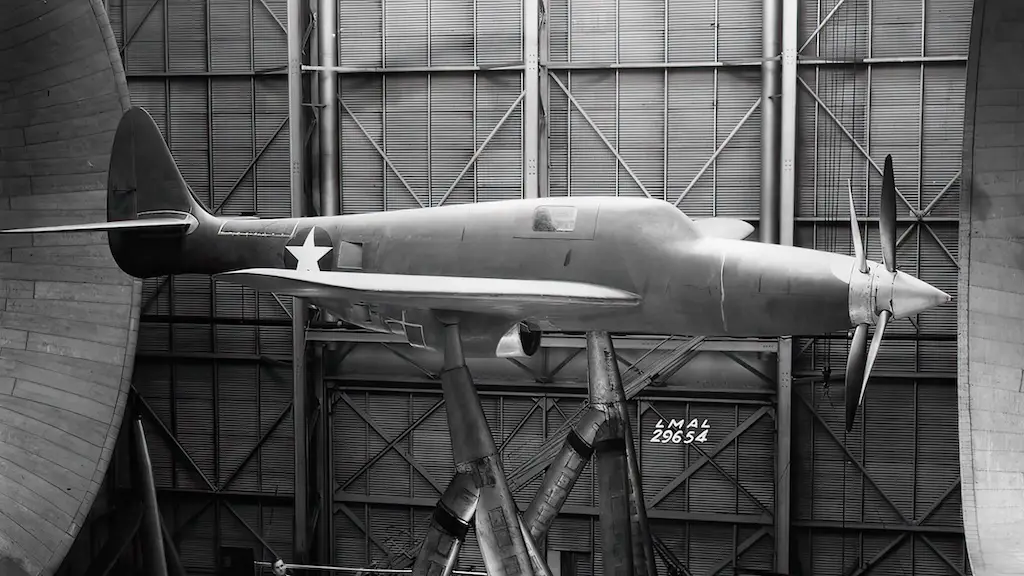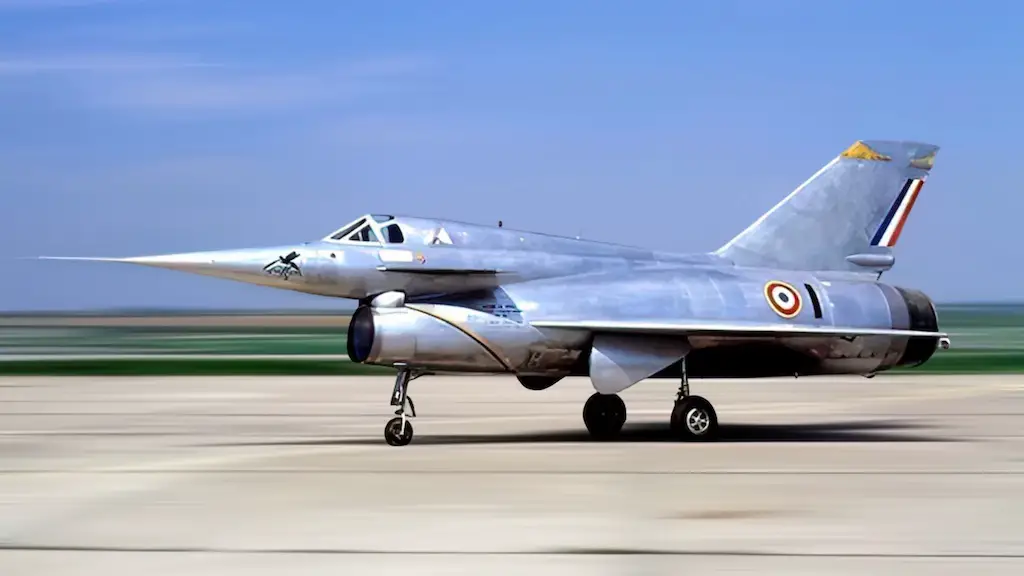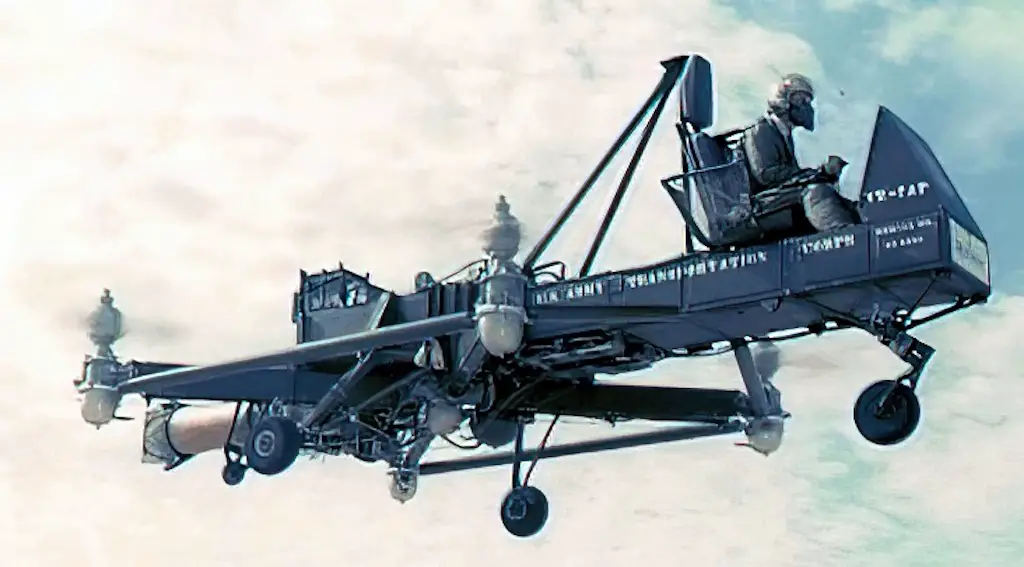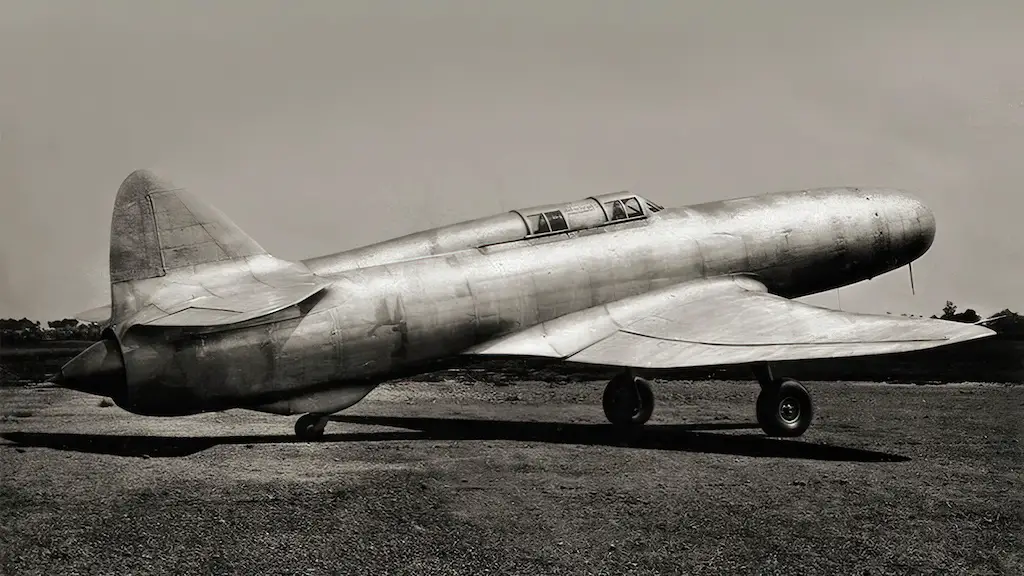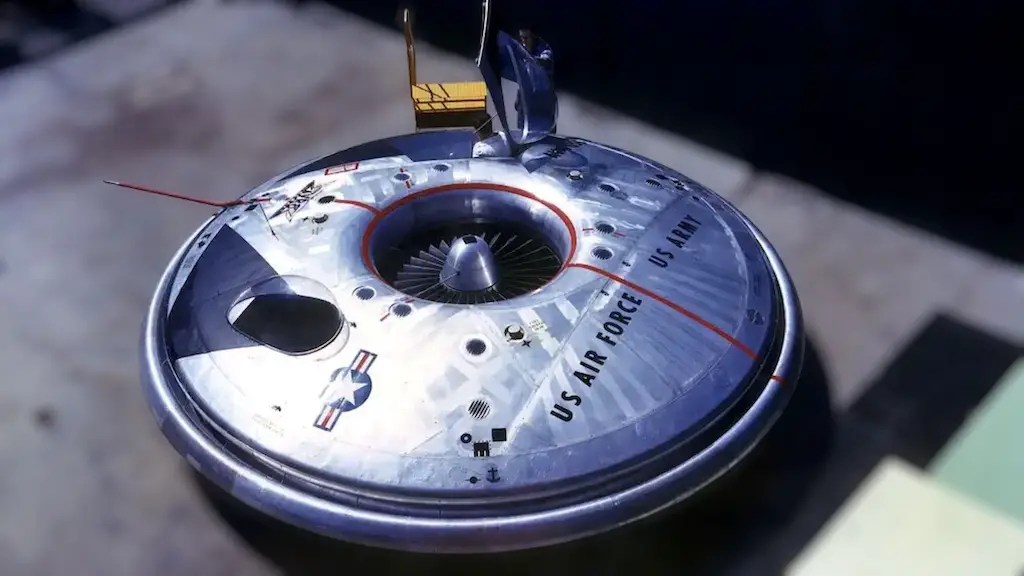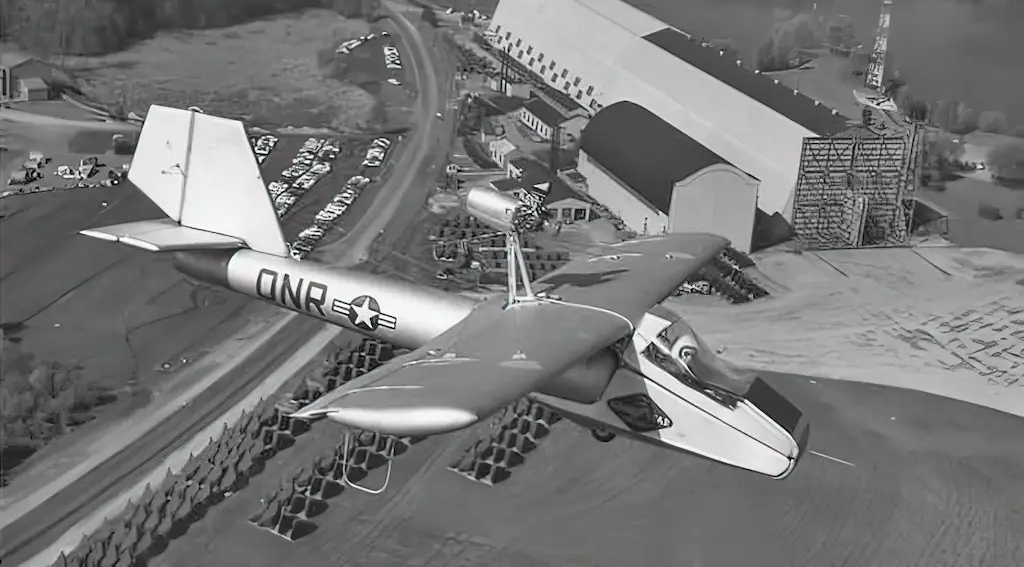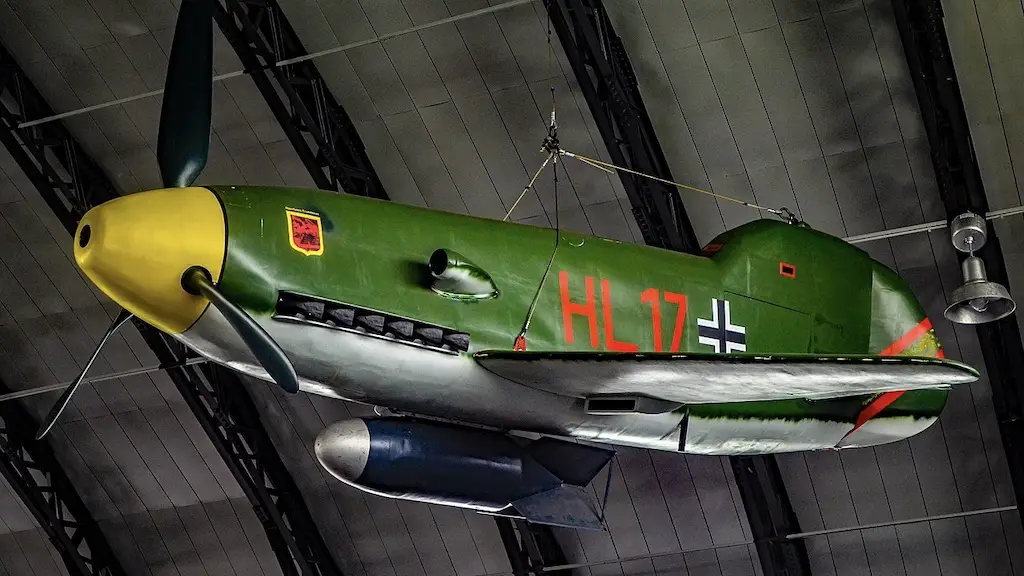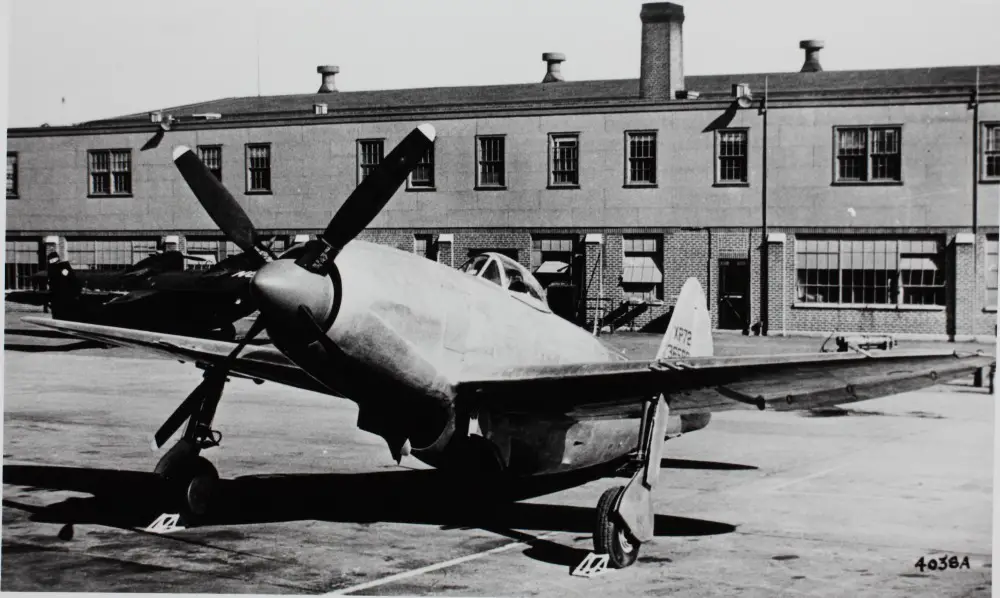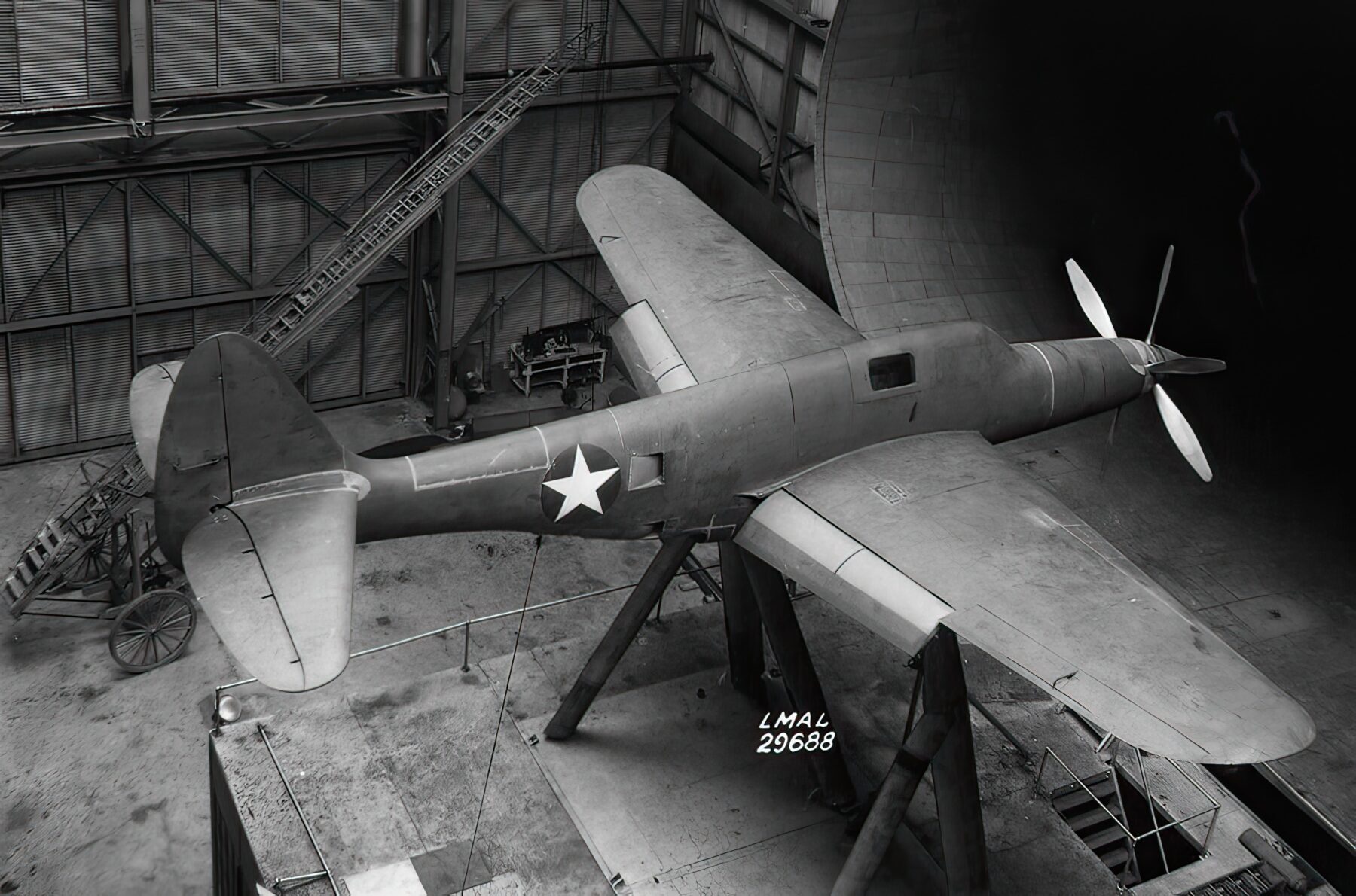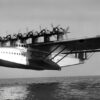The Beginnings
In 1940, the United States Army Air Corps rolled out a bold challenge, the R40-C fighter competition. They sought high-speed fighter aircraft proposals that dared to be unorthodox. The target was a single-engine fighter with a speed range of 425 to 525 mph, equipped with machine guns, cannons, and an ability to land on a 3,000 ft grass runway.
Among the contenders was Republic Aviation with their AP-12 Rocket. With a futuristic vision, they intended to power it with a colossal 2,500 hp Wright R-2160-3 Tornado engine. Positioned behind the cockpit, in the mid-section of a streamlined, cigar-shaped fuselage, it promised raw power. Four nose-mounted machine guns and a single 20mm cannon further ensured formidable firepower. However, the AP-12 ranked 13th out of 26 contestants. Republic was sent back to the drawing board.
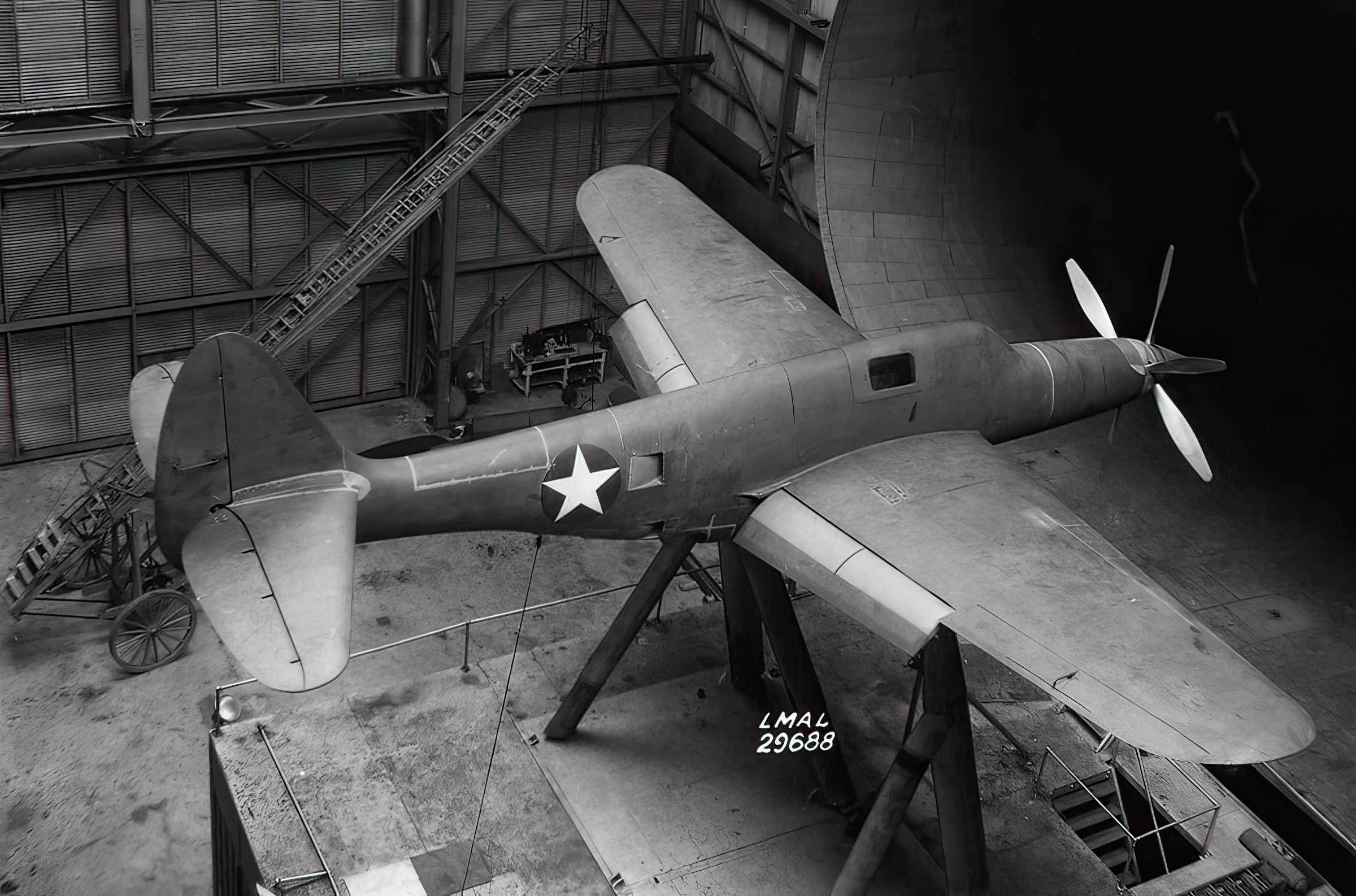
The Evolution
By July 1941, Republic returned to the competition with an upgraded design, the AP-18. The newly proposed fighter bore minimal resemblance to its predecessor. Though it retained the R-2160 engine, it was now placed in the nose of a completely redesigned small-cross section airframe.
The AP-18 offered a pressurized cockpit under a bubble canopy, and planned armament of four .50 in machine guns and two 37mm cannons integrated into a laminar flow wing. Moreover, a large radiator was set to mount under the fuselage.
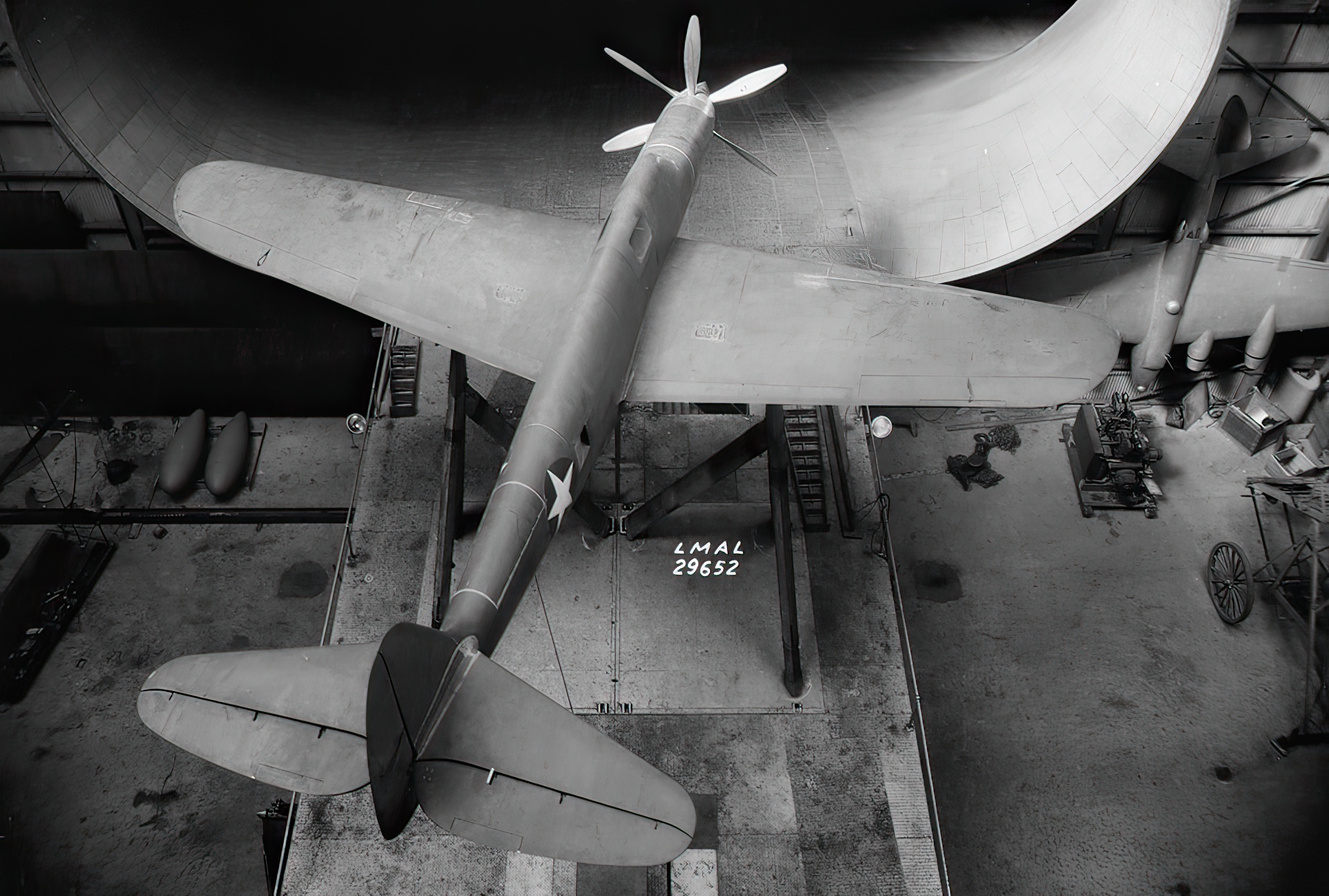
The Birth of XP-69
In December 1941, the United States Army Air Forces (USAAF), the successor of the USAAC, approved the AP-18’s design, ordering two prototypes under the designation XP-69. A mockup was built and passed USAAF inspection in June 1942. Construction of the first prototype began in November of that year.
The R-2160 Engine
At the heart of the Republic XP-69 was the R-2160, a 42-cylinder liquid-cooled radial engine. It was designed by Wright, an aviation powerhouse. This engine was positioned in the middle of the AP-12 model, then relocated to the nose in the AP-18 redesign. This engineering choice allowed for a streamlined fuselage, effectively reducing the aircraft’s drag. However, this powerful heart would also prove to be the XP-69’s Achilles heel.
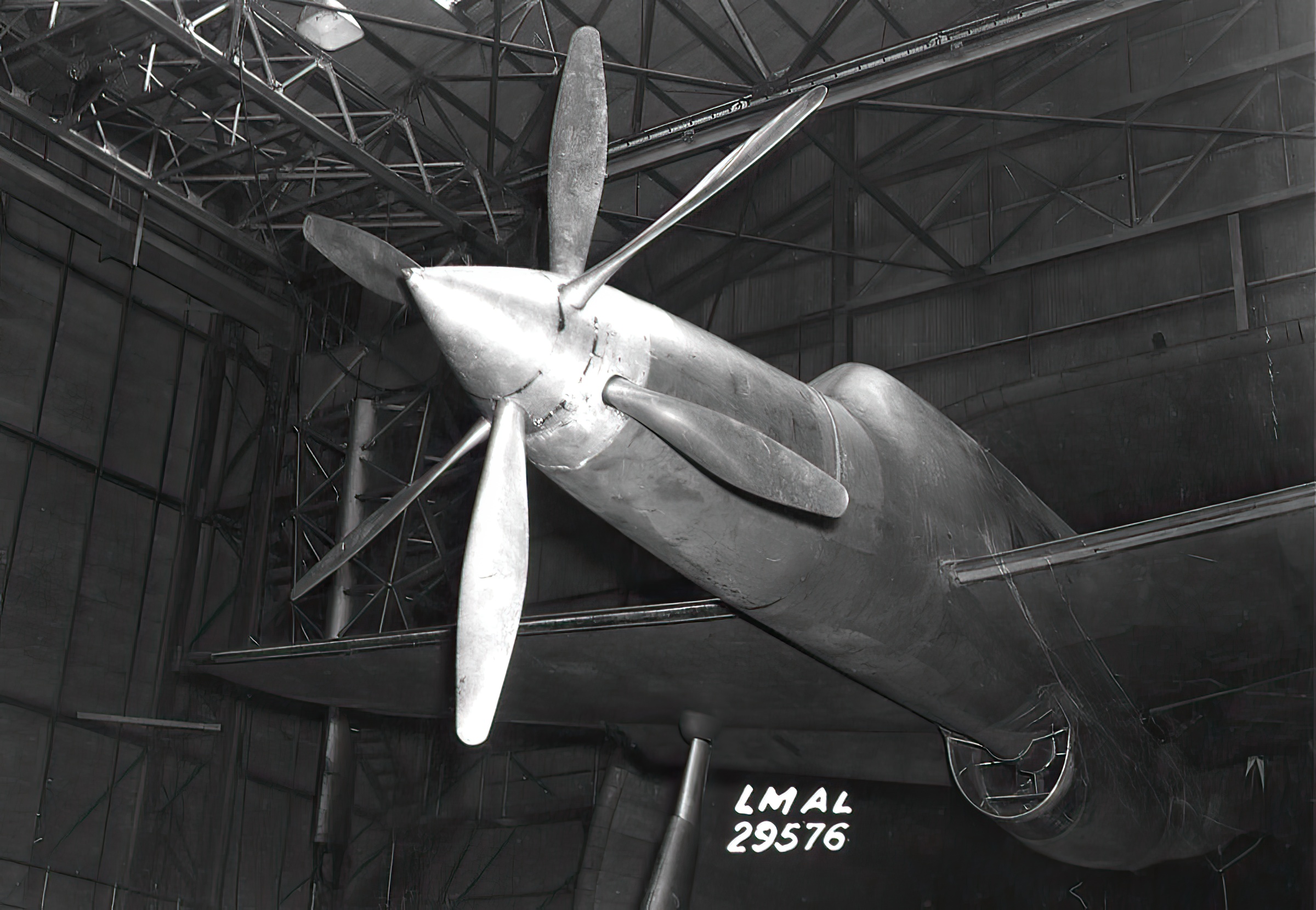
Project Termination
Despite the promise of unprecedented speed and firepower, the XP-69 project met its untimely end due to persistent development troubles and delays with the R-2160 engine. The project was halted in favor of the Republic XP-72 on May 24, 1943.
At the time of cancellation, engineering on the XP-69 was 75% complete. The prototype remained in early construction stages, with the total program cost tallying up to $810,000 (over $12 million in today’s money).
The Republic XP-69, a beacon of radical design and promise, is a testament to the bold dreams of aviation’s golden age. Though the project did not reach fruition, it paved the way for further innovations and remains a fascinating chapter in the history of aircraft development.

